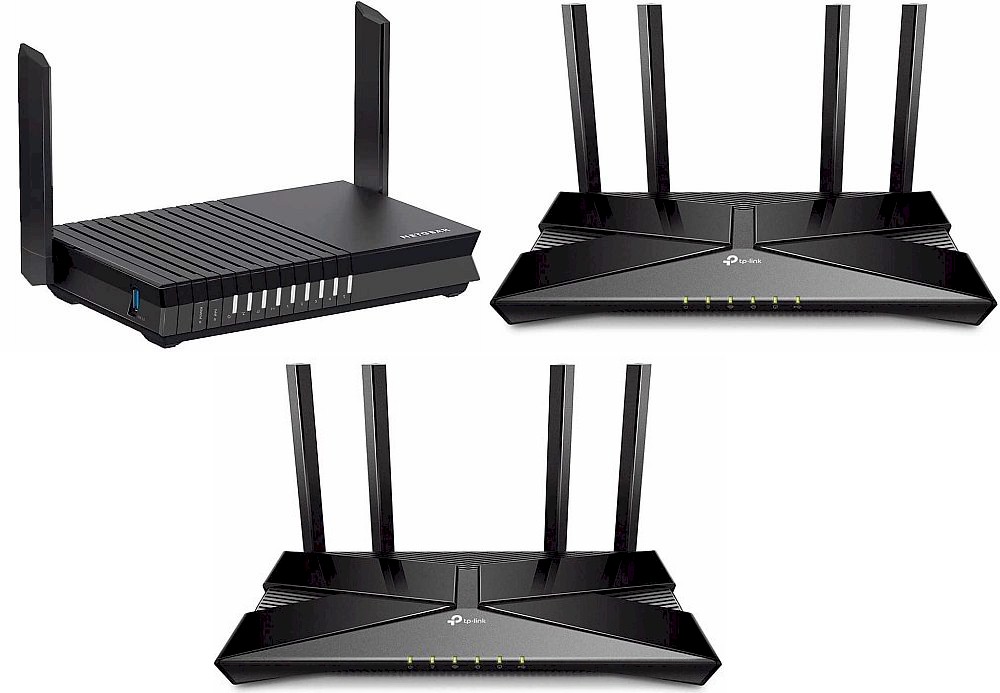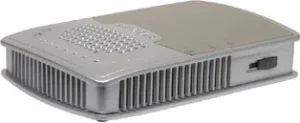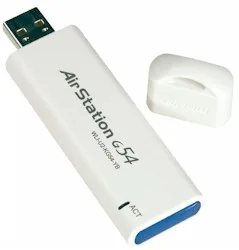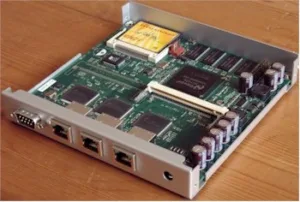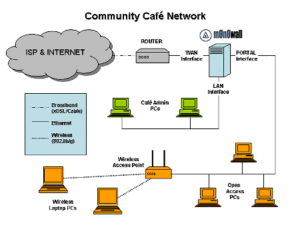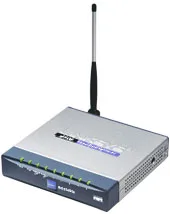Roku Labs’ SoundBridge Network Music Player has been getting rave reviews, so we decided to check it out for ourselves. Jim Buzbee found a lot to like beyond its unique and elegant styling, though it, of course, still has room for improvement.
Longer range and faster speed are the watchwords for wireless LAN product manufacturers and the criteria by which many of us choose which products to buy. We take a look at three “extended range” WLAN technologies – Atheros’ Super G / XR, Airgo Networks’ True MIMO and Parker Vision’s D2D – to see if they deliver as promised.
Who would have thought that the ability to set up a shared wireless LAN in a hotel room would be so popular? Apparently 3Com and NETGEAR did and turned to a common OEM to produce the first 802.11g miniature wireless routers. We take a detailed look at what sets these two separated-at-birth twins apart.
Linux is definitely becoming more of a real option for desktop users, with many distributions available that anyone comfortable with Windows can install and use. Point Clark Networks’ ClarkConnect has taken the same user-friendly approach and converts any Pentium-class box into a dedicated Linux-based Gateway / Server that can be installed and configured by mere mortals and puts many commercial products to shame. And did we mention that it’s free? Jim Hubbard puts ClarkConnect through its paces.
An increasing number of consumer networking products are based on open source software. But manufacturer support of open source development efforts is usually limited to (sometimes) posting source code but more often just turning a blind eye as dedicated hackers add missing capability and improved features. Buffalo Technology’s new Revolution division is taking a different approach of embracing open source developers and producing products made to be hacked. Jim Buzbee takes a look at the first fruits of the Revolution, the Kuro Box.
Now that the novelty of “flash key” sized wireless adapters has worn off, manufacturers are faced with coming up with other ways to make their products stand out. Buffalo Technology’s WLI-U2-KG54-AI has a unique approach that may be attractive to the less-organized among us.
These days you hear the acronym “VoIP” so much that it sounds like the Monty Python skit that launched SPAM into Internet vernacular. But it looks like this time Voice over IP is here to stay. So it’s time for one of our Need To Knows so that you’re armed and ready to understand its terminology and make intelligent choices among a dizzying array of VoIP products and services.
In Part 5 of his Hacking the Linksys NSLU2 series, Jim Buzbee introduces us to the Unslung firmware that is the next step in the evolution of this little box into a general-purpose Open Source application platform.
Sometimes running Open Source firewall distros on old PCs isn’t the optimum solution due to their noise, heat and size. David Cook takes a look at an embedded PC alternative that could be just the ticket for m0n0wall fans.
The freedom of wireless networking is now a reality for everybody with a suitably equipped device. At one time too expensive for everything other than corporate use on a business network, Wi-Fi is now mainstream. In many respects, this is due to Intel’s extensive marketing of its Centrino brand, launched in mid-March 2003.
You might be tempted to think that Linksys’ WET54GS5 Wireless-G Ethernet Bridge with 5-port switch is just a WET54G with a slightly-overpriced 10/100 switch built in… but you’d be wrong. There’s much, much more to this first-in-category product, including ways to make bandwidth hogs behave!
Networked music adapters can be a less expensive (though not cheap!) alternative to a Media Center PC for getting your digital music files out of the back bedroom office where your computer sits and into your living room where more comfortable listening options await. Scott Sidel takes a look at two products that both get the job done, but take different approaches in getting there.

